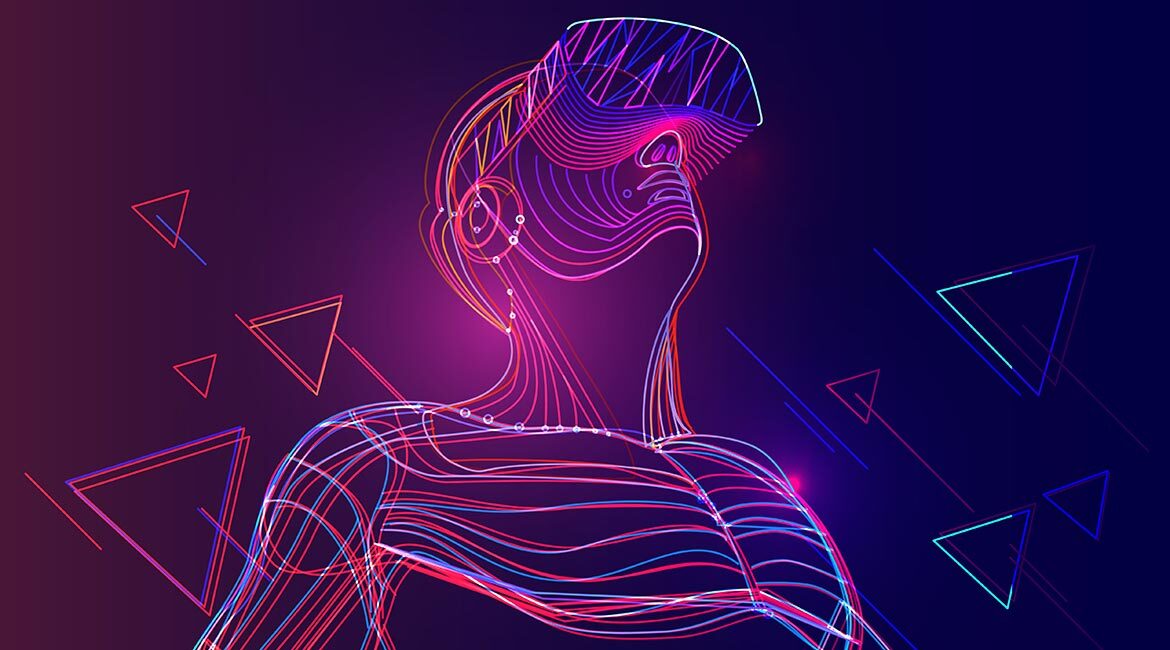Monitoring Occupant Thermal Comfort Using Digital Twins

Purchased on Istockphoto.com. Copyright.
Digital twinning of a building—creating digital replicas of its physical entities with a unified access to the data on past and current states/behaviours of those entities—brings vast opportunities in performance monitoring and optimization of the built environment. In this work, we focused on real-time collection, analysis and visualization of the data required to monitor thermal comfort in regular building enclosures. We selected three digital technologies (BIM, IoT, and VR) to enable live monitoring of thermal comfort conditions within an immersive virtual environment that realistically resembles being present in the actual physical space. Keywords: Digital twins; thermal comfort; Building Information Modeling; the Internet of Things; Virtual Reality.
Buildings and Their Digital Twins
As emerging digital technologies continue to advance at an unprecedented pace, more technologies find ways to assist building operators and managers with the various tasks that are associated with monitoring and optimizing building performance. Among such technologies are Building Information Modeling (BIM), the Internet of Things (IoT) and Virtual Reality (VR) that, when combined, offer the possibility of creating a digital twin of the building: practically accurate digital replicas of the building’s physical entities backed with their past and current states. It has been proven that the synergy between digital technologies offers vast potential in tackling complex tasks in different engineering disciplines.
Tackling Thermal Comfort Monitoring
A well-studied example of the highly complex phenomenon in the realm of building engineering is the notion of thermal comfort—the degree to which we are satisfied in terms of feeling warm, cool, or neutral inside buildings. In fact, existing thermal comfort assessment models, most often, involve highly complex mathematical computations. Such inherent complexities render the real-time and accurate measurement of the occupants’ thermal comfort inefficient in practical settings. To tackle this challenge, we investigated the synergistic benefits of putting together BIM, IoT, and VR technologies with the goal of developing an immersive VR application for real-time monitoring of thermal comfort in indoor building spaces.
IoT for Live Environmental Monitoring
For the sake of thermal comfort calculations, we selected the PMV/PPD model, recommended in ASHRAE standard 55. Next, in order to monitor the model’s parameters—air temperature, relative humidity, air velocity, and mean radiant temperature—an IoT system was designed and implemented (see Figure 1). An interesting feature of the proposed monitoring system is its capability to monitor the radiant temperature of the main indoor surfaces (walls, ceilings and floors) using a cost-effective and non-intrusive thermal imaging sensor embedded within the IoT network. With the help of some methods from the field of computer vision, we were able to perform a near real-time analysis of the thermography data on an affordable edge computing device (Raspberry Pi).

Figure 1. The IoT system consisted of two main node types: one used to monitor air temperature, relative humidity, and air velocity (left image), and the other to monitor mean radiant surface temperature (central image). The experiments were conducted in the living room of an ETS residence apartment (sensor network layout shown in the right image).
A Video Game-Like Monitoring Experience
We used one of the most powerful game engines to develop a VR application that provides an immersive and intuitive experience of thermal comfort monitoring (screenshots of the VR experience shown in Figure 2). The developed VR application can be easily deployed for use with different VR headsets widely available on the market. To create the main 3D virtual environment, we used the extensive geometric data on building spaces readily available in BIM models. Then we added a first-person character controller feature, so when the end user wears the headset she can start to freely navigate through a virtual replication of the building interiors and observe the live sensor data, surface radiation, and thermal comfort charts. Using the VR interface, users can intuitively interact with the virtual environment—choosing the occupant’s level of clothing insulation—and perform various what-if analyses based on the live sensory data and user-defined modifications of the comfort parameters.

Figure 2. Screenshots of the VR application: Live sensor data and comfort chart visualization (left); radiant temperature monitoring (centre), and user interface menu (right).
Conclusion
In the scientific lens, this work offers original contributions by investigating the synergistic benefits of three digital technologies (BIM, IoT, and VR) for the purpose of creating virtual twins of indoor building spaces used for live monitoring of thermal comfort conditions (in accordance to ASHRAE standard 55). From a practical point of view, the proposed system provides the immersive experience of walking through virtual spaces and intuitively observing actual thermal sensations. Putting this system into practice, a figurative example can be an interior designer with an artistic background but unfamiliar with the profound techniques of thermal comfort assessment, navigating through the virtual spaces and easily scanning spots flagged with discomfort signs to make informed decisions with regards to the space layout, without the need of being actually present in the physical space.
Additional Information
For more information, please read the following research paper:
Shahinmoghadam, M.; Natephra, W.; Motamedi, A. 2021. “BIM- and IoT-based virtual reality tool for real-time thermal comfort assessment in building enclosures.” Building and Environment, Volume 199, 107905, ISSN 0360-1323,



